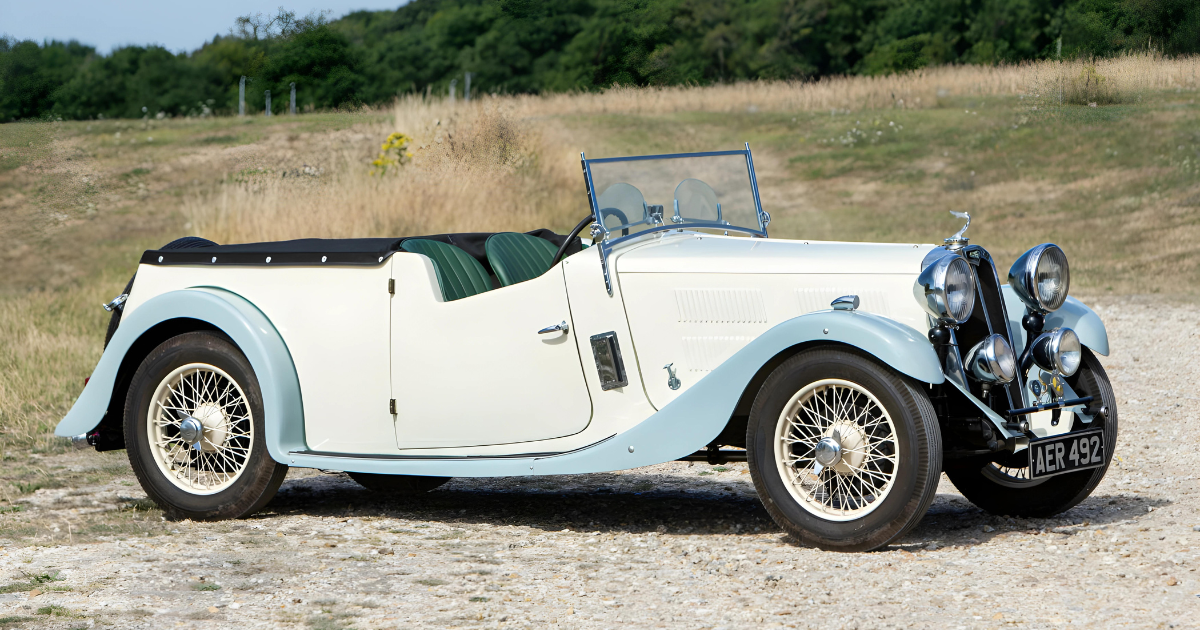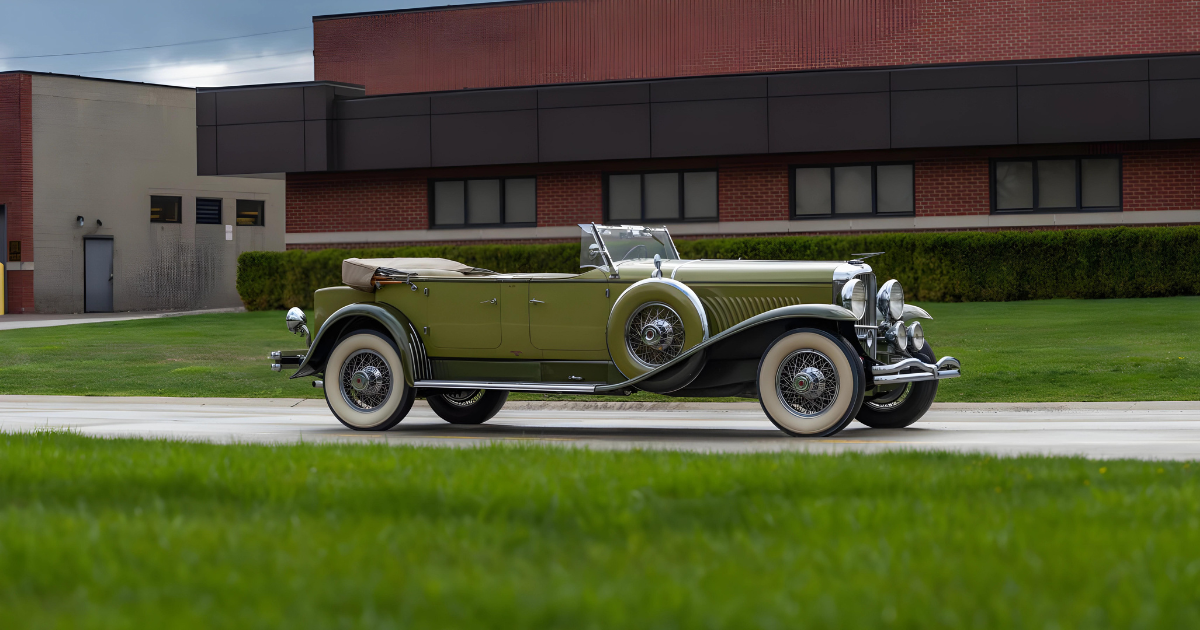
Introduced in 1919, the initial Essex model boasted a powerful four-cylinder engine with 180 cubic inches displacement, delivering 55 horsepower. Essex quickly gained a reputation for high performance and reliability, achieving an average speed of over 60 mph for 50 consecutive hours in December 1919. Following this feat, the company embarked on a successful transcontinental journey in 1920, with four Essex vehicles traveling from San Francisco to New York City. The fastest completed the journey in just 4 days.

Essex also played a pioneering role in introducing affordable closed coachwork to the United States. In 1922, their two-seater sedan, which was the most budget-friendly closed car in the country, was only slightly more expensive than the tourer version, and by 1925, it became marginally cheaper. This affordability factor resonated with the American public, making Essex a highly popular choice.

A significant development for Essex in 1924 was the transition from four-cylinder to six-cylinder engines. From that point onwards, all Essex models would feature six-cylinder powerplants. This shift marked a pivotal moment in Essex’s history, as it not only enhanced the performance and power of their vehicles but also reflected the broader trend in automotive engineering towards more robust and efficient engine designs during the 1920s.

The shift to six-cylinder engines marked a significant advancement for Essex, aligning them more closely with the preferences of American consumers who were increasingly demanding more powerful and refined automobiles. The new engines provided smoother performance and greater torque, enhancing the driving experience and further solidifying Essex’s reputation for engineering excellence.

With the introduction of six-cylinder engines, Essex continued to innovate and refine its lineup, offering a range of models to suit different tastes and budgets. Despite these advancements, the company’s commitment to affordability remained unwavering, ensuring that Essex cars remained accessible to a wide range of customers.

Despite facing stiff competition from other automakers, Essex continued to thrive throughout the 1920s, thanks to its reputation for quality, performance, and affordability. The company’s success was further bolstered by its effective marketing efforts, which emphasized the durability and reliability of Essex vehicles, solidifying its position in the automotive market.

By the end of the decade, Essex had firmly established itself as one of the leading automotive brands in the United States, with a loyal customer base and a reputation for excellence. The company’s innovative spirit and commitment to meeting the needs of its customers ensured its continued success in the years to come.




